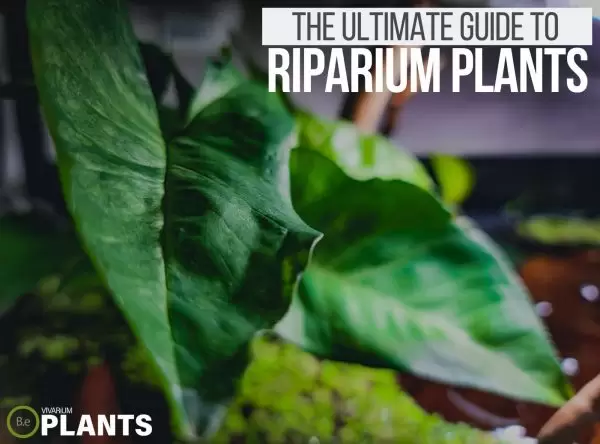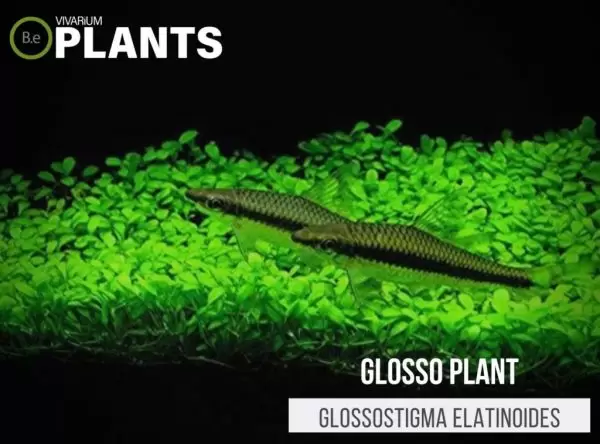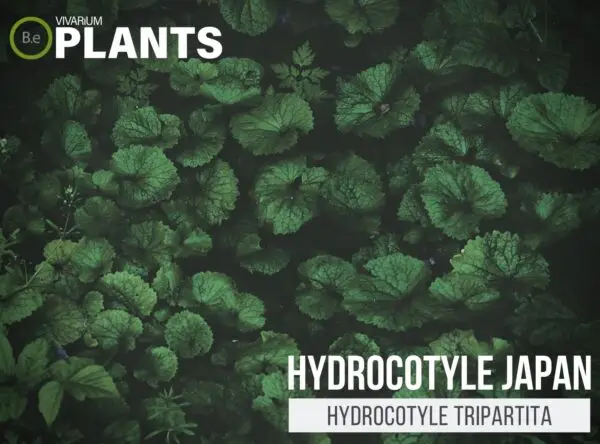Ripariums are becoming more common in today’s modern aquascaping.
The idea of taking an aquarium and adding a dimension outside of the tank is where things really start to change.
New opportunities become available with designing and ideas can evolve into an entirely new concepts.
The typical theme for these kinds of scapes requires specific types of riparium plants.
This guide will take a closer look at marginal plants that are well-suited for this type of enclosure.
What Are Riparium Plants?
Riparium plants are marginal plants that thrive in or around high levels of water.
They can be broken down into two groups; submerged and immersed plants.
Submerged plants are generally aquatic plants that can survive if parts of the plant grow beyond the waterline.
Immersed plants are plants that have roots below the water line but the bulk of the plant is out of water.
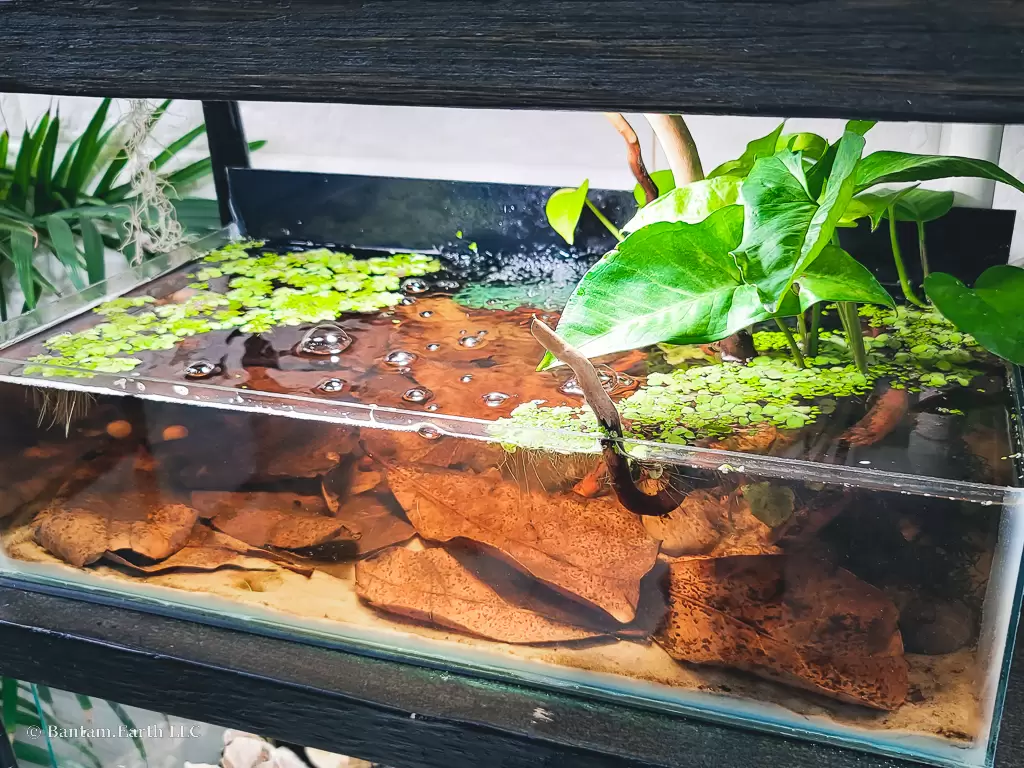

Submerged Plants
In the traditional planted tank, aquatic plants usually remain fully underwater.
In the case of a riparium, the enclosure will be more shallow than usual practices.
This will often lead to aquatic plants growing above the line of water.
High humidity will be a strong requirement here for most aquatic plants in order for them to continue flourishing.
Here is a comprised list of submerged plants well suited for life beyond the planted tank:
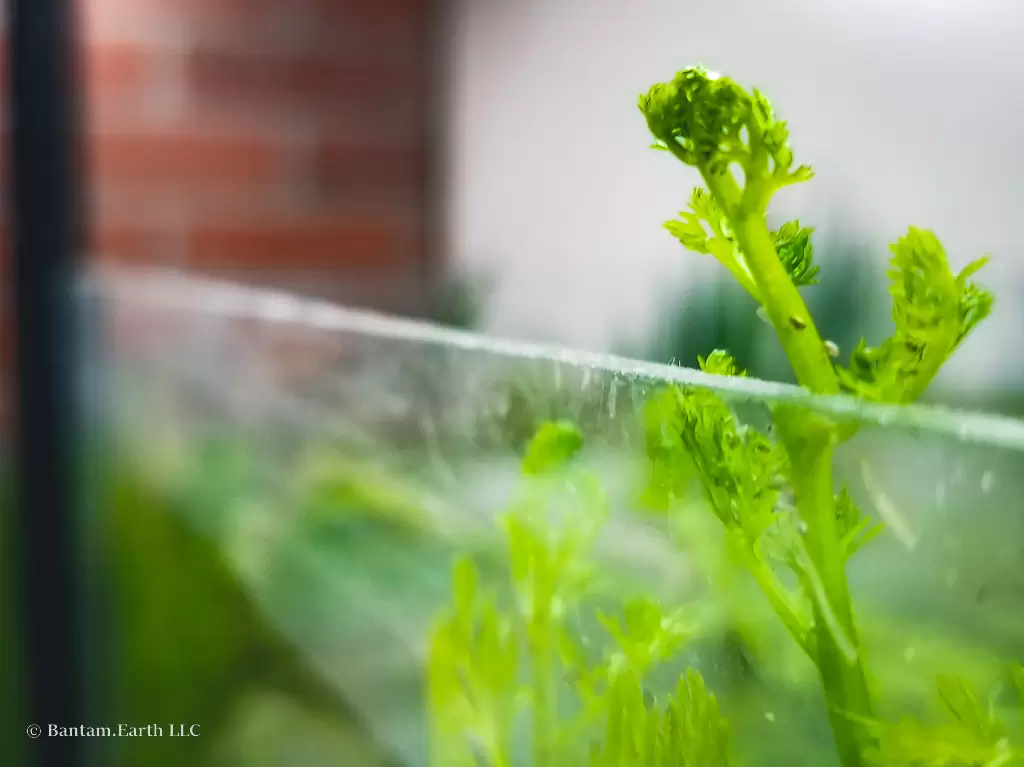

Common Marginal Plants
Semi-aquatic plants are a really good place to start when setting up a riparium with flora.
Most common marginal plants found in pet stores will grow emersed in highly humid conditions.
Furthermore, not all aquatic foliage is right for this type of setup.
My recommendation is to be mindful of the particular biotype you strive to design and pick plants that would be native to that environment.
Here are a few easy-to-find aquatic plants suitable for a riparium:
(Click on a plant to learn more about it!)


Anacharis (Egeria densa)


Anubias (Anubias spp.)


Aponogeton Bulbs (Aponogeton ulvaceus)


Aquatic Cardinal Plant (Lobelia Cardinalis)


Brazilian Pennywort (Hydrocotyle leucocephala)
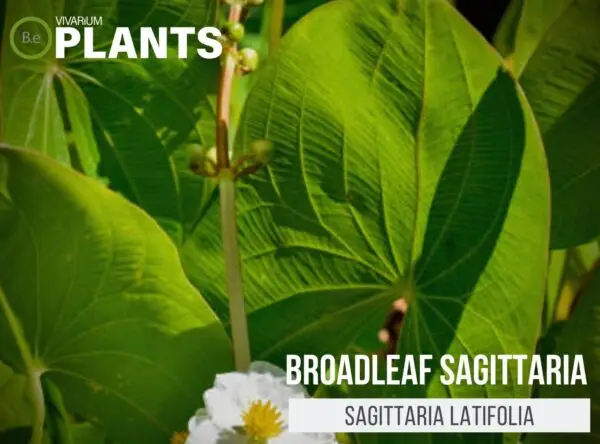

Broadleaf Sagittaria (Sagittaria latifolia)


Crypts (Cryptocoryne spp.)


Dwarf Sagittaria (Sagittaria Subulata)


Giant Hygrophila (Hygrophila corymbosa)


Hedyotis Salzmannii (Oldenlandia salzmannii)
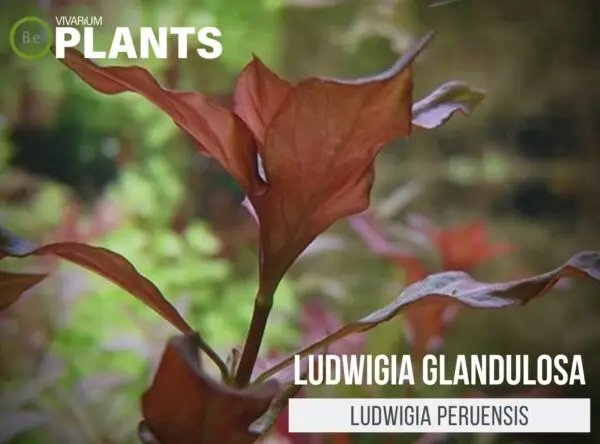

Ludwigia Glandulosa (Ludwigia Peruensis)


Parrot’s Feather (Myriophyllum aquaticum)


Pondweed (Potamogeton spp.)


Red Ludwigia (Ludwigia Repens)


Sword Plants (Echinodorus spp.)
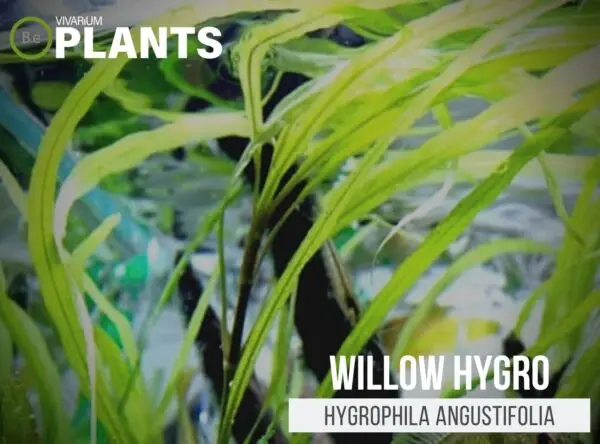

Willow Hygro (Hygrophila angustifolia)
Carpeting Plants
Depending on the layout, aquatic carpeting plants can also aid in the design of a riparium.
They can be established traditionally as ground cover underwater… As well as accent flora attached to a hardscape.
These types of riparium plants are easy to find at local pet stores and under moderate humidity, will grow immersed as well.
(Click on a plant to learn more about it!)
Ferns
Aquatic ferns are one of the most popular plants found in the fishkeeping hobby.
Many work great in marginal conditions of a riparium and will grow in diverse ways.
Some will float along the surface creating a cascading effect… While others simply emerge from the line of water.
Here is a list of common ferns sold as aquarium plants suitable for this biotype:
(Click on a plant to learn more about it!)
Mosses
Just about all aquatic moss can be used as good riparium plants.
With high humidity, these types of moss will self-prune creating a unique carpeting effect above the line of water.
In addition, mosses grown underwater will grow into a bushy mass great for small inhabitants to feel safe.
Here are a few varieties of popular riparium mosses:
(Click on a plant to learn more about it!)


Christmas Moss (Vesicularia montagnei)


Crystalwort (Riccia fluitans)


Flame Moss (Taxiphyllum sp.)


Hornwort (Ceratophyllum demersum)


Java Moss (Taxiphyllum barbieri)
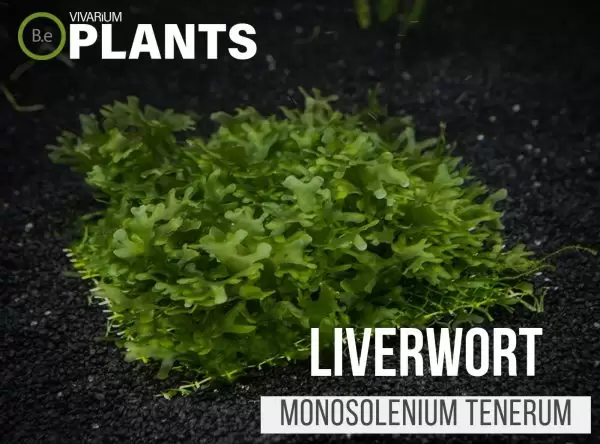

Liverwort (Monosolenium tenerum)


Nano Moss (Amblystegium serpens)


Peat Moss (Sphagnum moss)


Phoenix Moss (Fissidens fontanus)
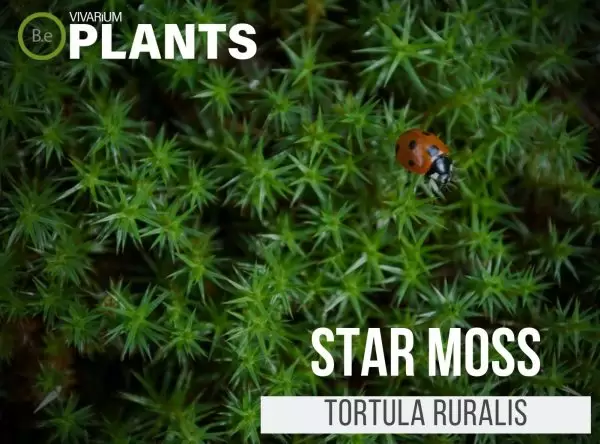

Star Moss (Tortula ruralis)


Taiwan Moss (Taxiphyllum alternans)
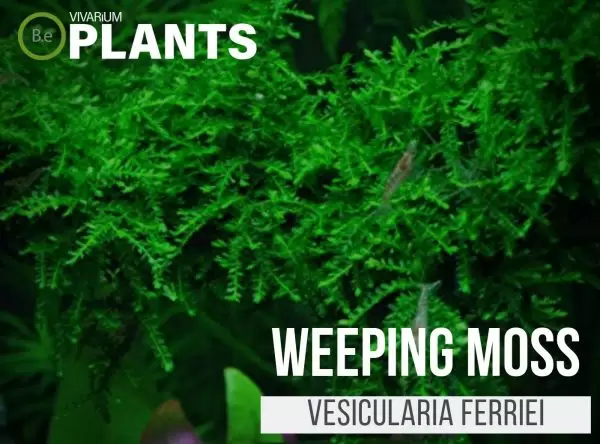

Weeping Moss (Vesicularia ferriei)
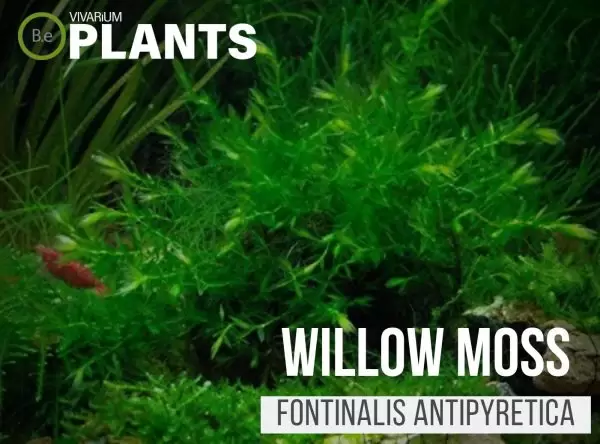

Willow Moss (Fontinalis antipyretica)
Stem Plants
When looking for slightly larger choices of riparium plants to consider, aquatic stem plants are another easy-to-find foliage often stocked at local pet stores.
Stem plants are great for riverside-inspired tanks and will often grow in a variety of aquarium soils.
Here is a list of common stem plants that will thrive in marginal conditions:
(Click on a plant to learn more about it!)


American Waterweed (Elodea canadensis)


Dwarf Hygrophila (Hygrophila polysperma)


Giant Hygrophila (Hygrophila corymbosa)


Hedyotis Salzmannii (Oldenlandia salzmannii)


Ludwigia Glandulosa (Ludwigia Peruensis)


Parrot’s Feather (Myriophyllum aquaticum)


Red Ludwigia (Ludwigia Repens)
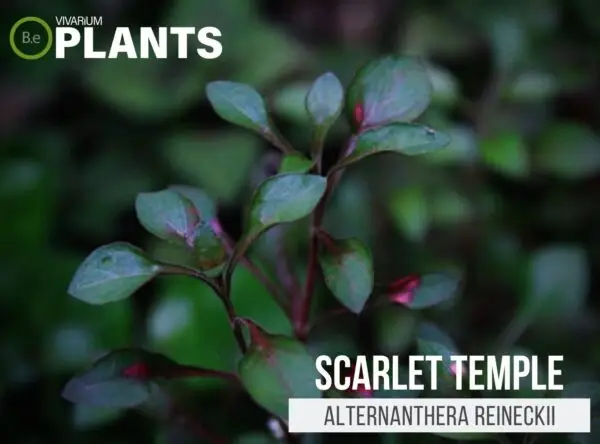

Scarlet Temple (Alternanthera reineckii)


Willow Hygro (Hygrophila angustifolia)
Immersed Plants
Immersed plants are flora that will require a bulk of the plant’s mass to remain above the line of water.
These plants have root systems that have evolved to thrive in conditions where oxygen is limited within the substrate.
A surprising number of terrestrial plant species can do well in these unusual marginal conditions.
Here is a comprised list of immersed plants well suited as riparium plants:
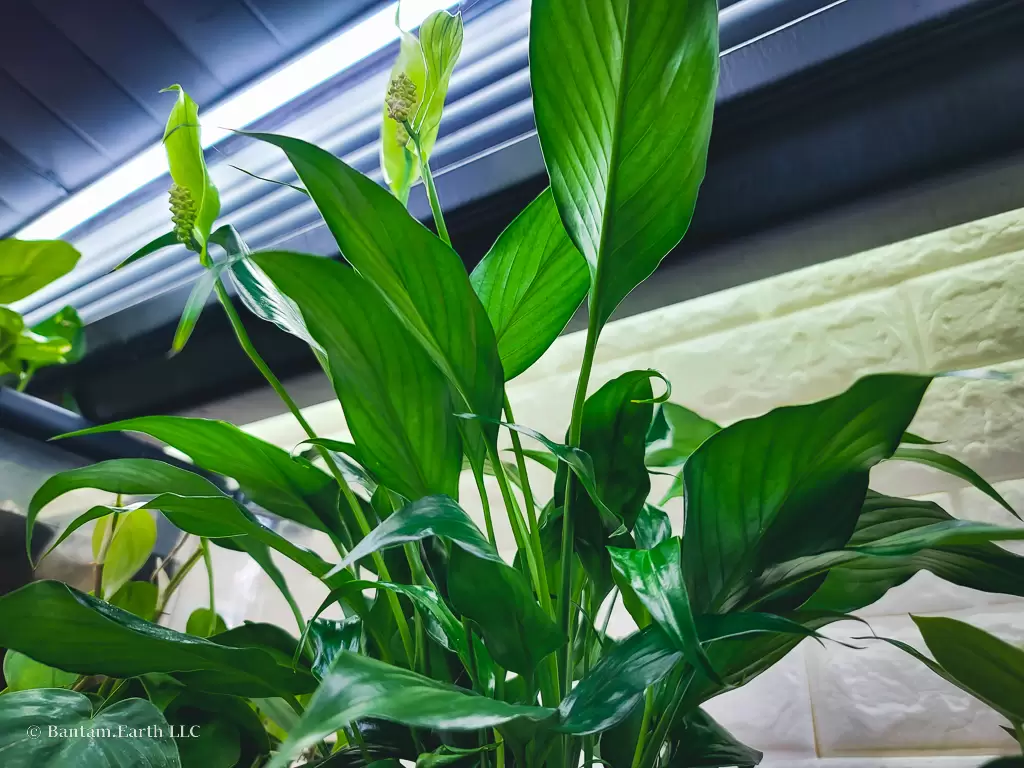

Common Houseplants
Often, I find myself at Home Depot sifting through plants considering if rather or not they would thrive in the low-oxygenated conditions ripariums provide.
You may be surprised to know, many houseplants are actually native to these conditions.
Picking the right riparium plants is a common challenge when looking at foliage advertised as a potted plant.
Here is a list of tropical plants perfect for a riparium:
(Click on a plant to learn more about it!)


Alocasia Black Velvet (Alocasia reginula)
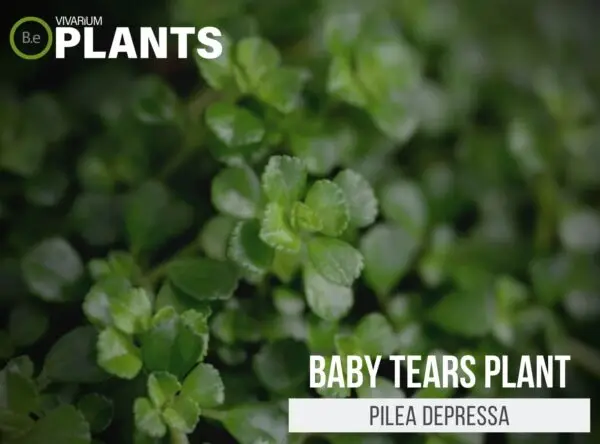

Baby Tears Plant (Pilea depressa)
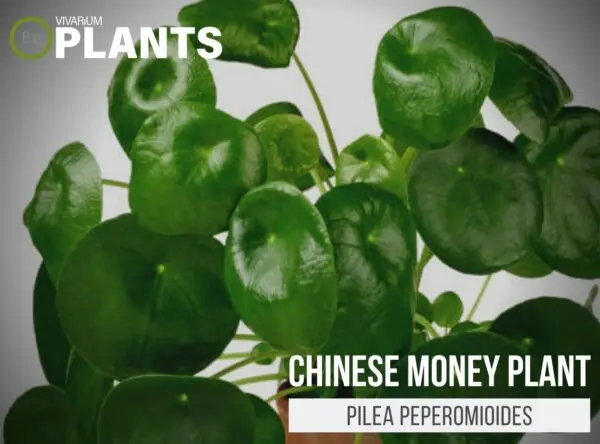

Chinese Money Plant (Pilea peperomioides)


Corkscrew Rush (Juncus effusus ‘Spiralis’)


Dragon’s Tongue (Hemigraphis repanda)
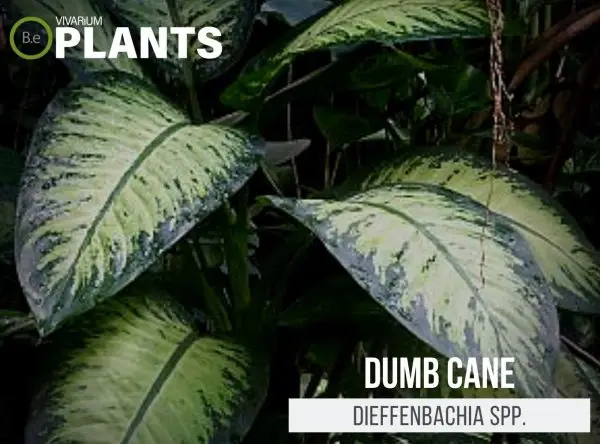

Dumb Cane (Dieffenbachia spp.)


Friendship Plant (Pilea involucrata)
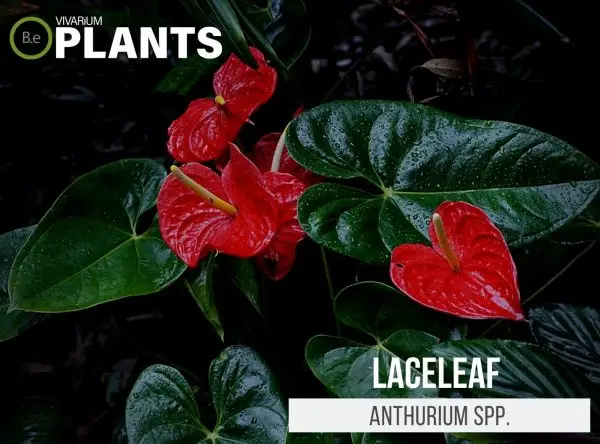

Laceleaf (Anthurium spp.)


Lucky Bamboo (Dracaena braunii)
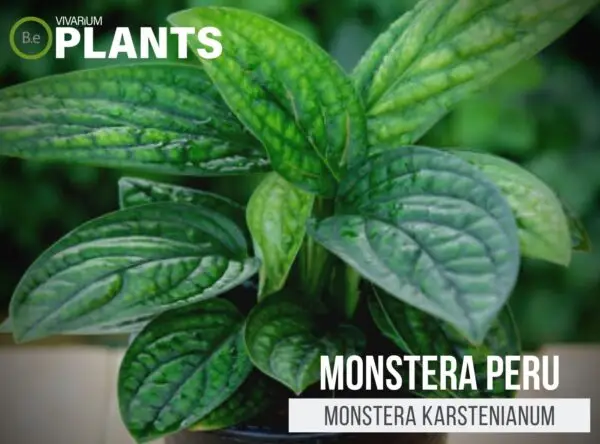

Monstera Peru (Monstera karstenianum)


Moon Valley Pilea (Pilea Mollis)
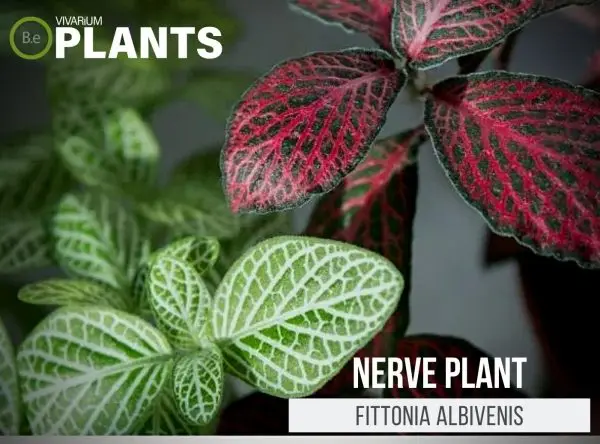

Nerve Plant (Fittonia albivenis)


Paper Reed (Cyperus papyrus)
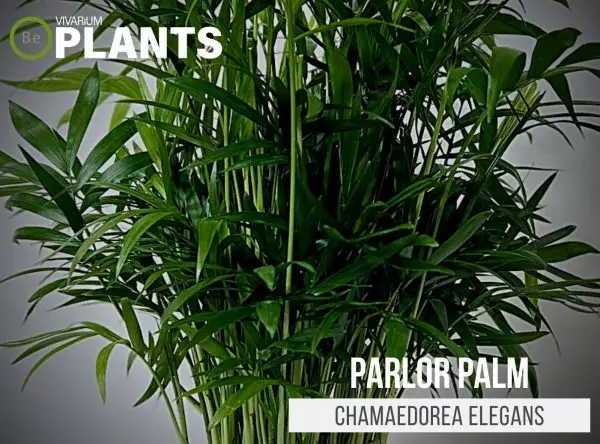

Parlor Palm (Chamaedorea elegans)


Peace Lily (Spathiphyllum spp.)


Pinstripe Calathea (Calathea ornata)


Prayer Plant (Maranta leuconeura)
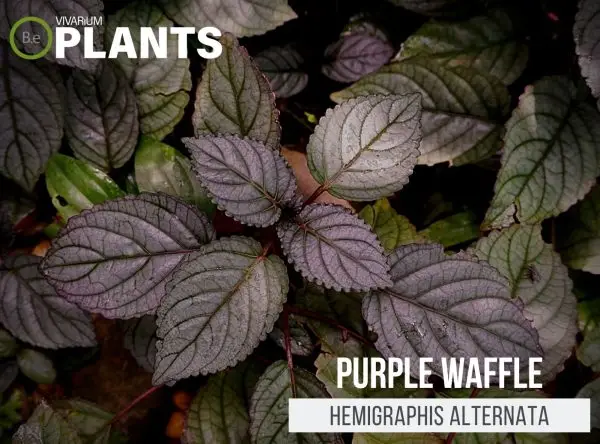

Purple Waffle (Hemigraphis alternata)


Silver Monstera (Monstera siltepecana)
Outdoor & Pond Plants
Let’s say you want to consider building a larger-than-usual riparium. You may want to consider outdoor lawn plants or even pond flora.
There are quite a few riparium plants one could consider in this category as well.
Many of these plants are native to swamps and inner shorelands.
Here are an array of common lawn ornaments and small pond plants that will do well in these kinds of enclosures:
(Click on a plant to learn more about it!)
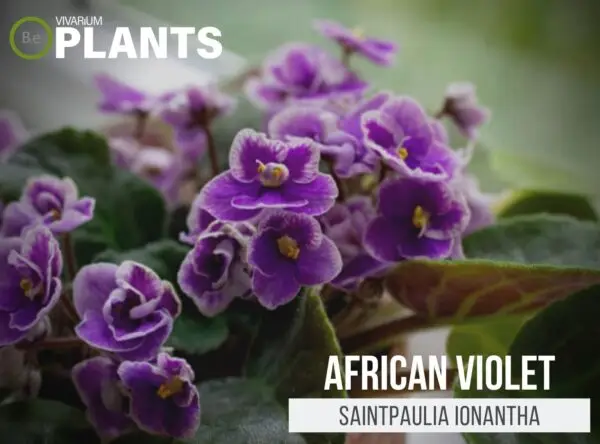

African Violet (Saintpaulia ionantha)


Arrowhead Plant (Syngonium podophyllum)


Blue Moneywort (Lindernia grandiflora)


Chinese Evergreen (Aglaonema spp.)
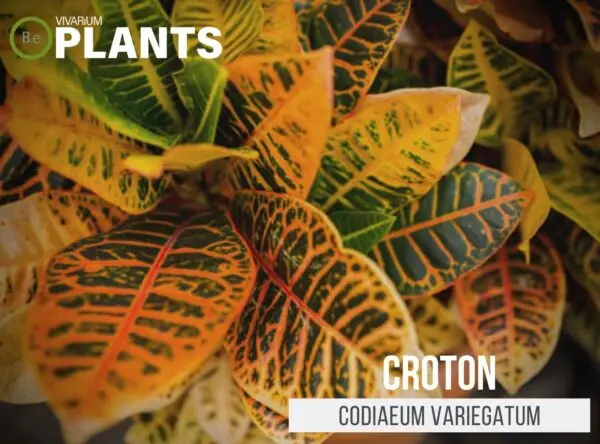

Croton (Codiaeum variegatum)


Katie Ruellia (Ruellia brittoniana ‘Katie’)
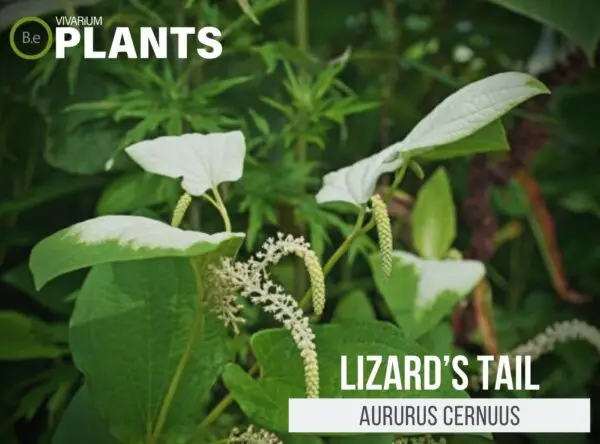

Lizard’s Tail (Saururus cernuus)


Painted Nettle (Coleus scutellarioides)


Party Time Plant (Alternanthera ficoidea)


Pink Syngonium (Syngonium ‘Neon Robusta’)


Sweet Flag (Acorus calamus)


White Mangrove (Laguncularia racemosa)
Gardening Plants
Gardening plants are an unusual touch to a riparium but all the more possible.
This edible selection of foliage will add an element of uniqueness to any enclosure let alone a marginal one.
Even though this list is short, many vegetables and herbs can easily be propagated in pure water for a short period of time.
Here are a couple of gardening plants I know off the top of my head that can survive long periods of time as a riparium flora:
(Click on a plant to learn more about it!)
Carpeting Plants
Non-aquatic carpeting plants are another kind of foliage that can be used sparingly despite the lack of land ripariums provide.
These plants will often grow just fine with their roots immersed in water.
For enclosures that have a more saturated layer of soil or driftwood cascading from the line of water, these carpeting plants are great for marginal setups:
(Click on a plant to learn more about it!)
Vines
Vining or creeping plants are probably one of the most popular riparium plants used in the hobby today.
They are very easy to care for and will grow quickly in a multitude of conditions.
If you are scaping a riparium in a room where humidity is difficult to establish, vines are a perfect substitute for many of the other plants on this entire list.
In addition, vines allow hobbyists more vertical real estate for scaping options as well.
Here are a few readily available climbing plants on the market:
(Click on a plant to learn more about it!)


Cebu Blue Pothos (Epipremnum pinnatum)


Creeping Jenny (Lysimachia nummularia)
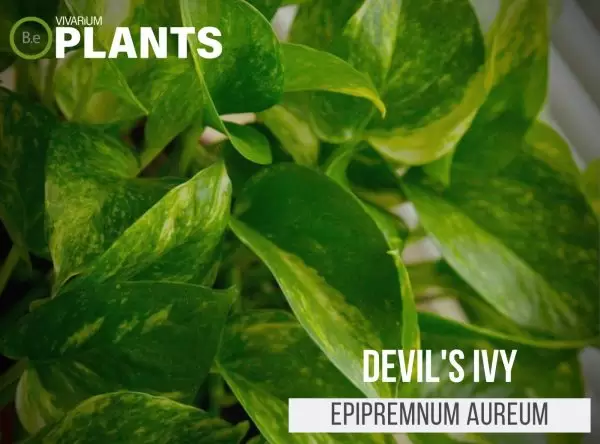

Devil’s Ivy (Epipremnum aureum)


Ecuador Philodendron (Philodendron verrucosum)
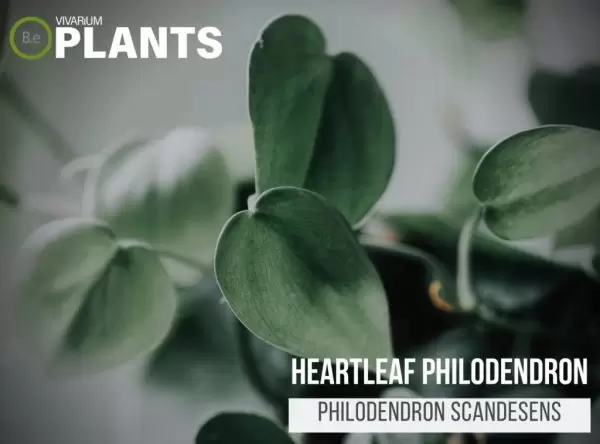

Heartleaf Philodendron (Philodendron scandesens)


Manjula Pothos (Epipremnum aureum ‘Manjula’)
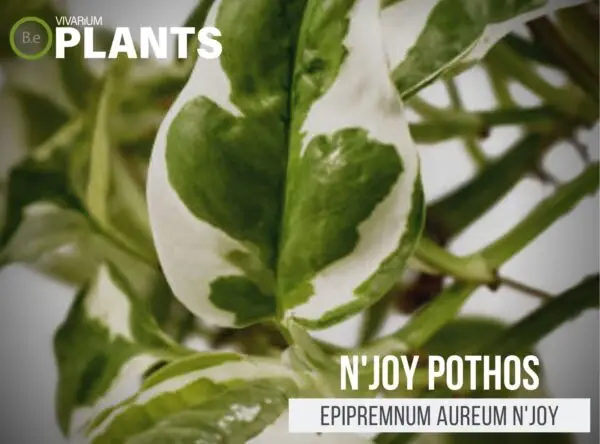

N’Joy pothos (Epipremnum aureum N’Joy)


Philodendron Brasil (Philodendron hederaceum)
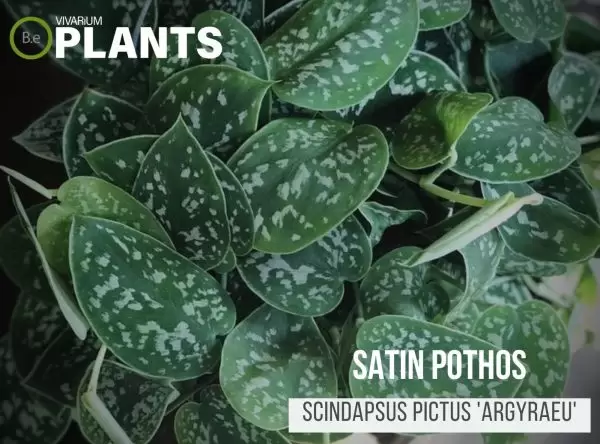

Satin Pothos (Scindapsus pictus ‘argyraeu’)
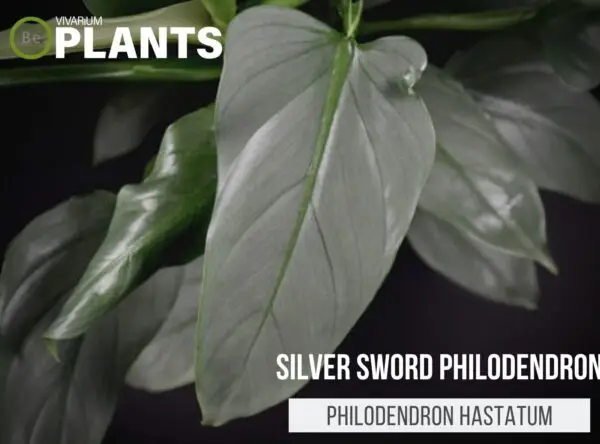

Silver Sword Philodendron (Philodendron hastatum)


Trailing Daisy (Sphagneticola trilobata)


Velvet Leaf Philodendron (Philodendron micans)
Floating Plants
Floating plants are like the topping on the cake for any aquatic tank… Pun intended!
These types of riparium plants flawlessly add a dimension to a riparium that easily connects immersed foilage with everything underwater.
Good lighting is the only requirement with floating flora.
I personally find growing this kind of aquatic plant so easy I have to throw loads of it away during routine maintenance.
(Click on a plant to learn more about it!)
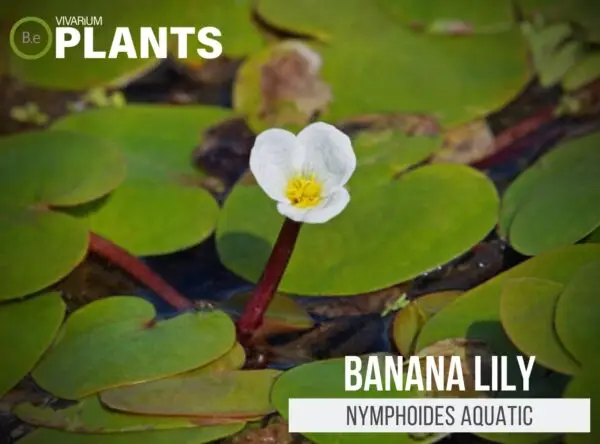

Banana Lily (Nymphoides aquatica)


Common Duckweed (Lemna minor)


Dwarf Water Lily (Nymphaea stellata)
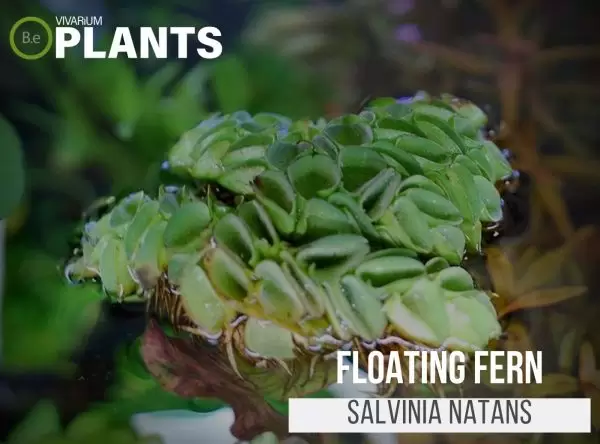

Floating Fern (Salvinia natans)


Frogbit (Limnobium laevigatum)


Guppy Grass (Najas guadalupensis)
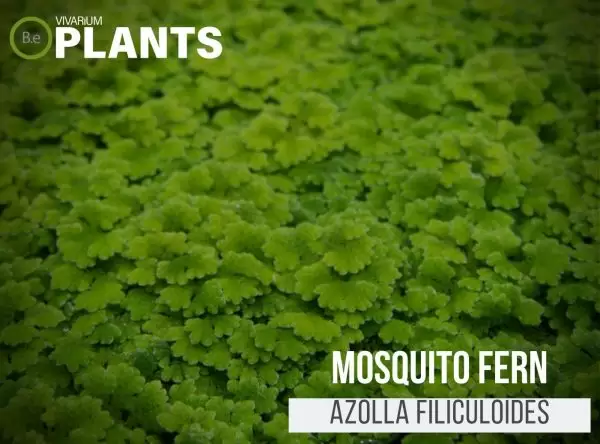

Mosquito Fern (Azolla filiculoides)


Water Lettuce (Pistia stratiotes)


Water Spangles (Salvinia minima)


Waterwheel Plant (Aldrovanda vesiculosa)
In Summary
Riparium plants aren’t hard to find if you know what to look for. The key aspect of a marginal setup is mimicking a similar environment.
Riverbanks, shorelines, and swamps are going to be the biotypes you most likely have in mind when making this type of vivarium.
Understanding what kind of plants visually add to that aesthetic is going to make it easier to pick the proper foliage for that enclosure.
Frequently Asked Questions
When planting, anchor the roots of the plants in the soil and make sure they receive enough water. Once growing, don‘t let the water level drop too low. Trim plants as necessary to maintain the desired shape of your riparium.
Here’s a list of the best types of riparium plants:
- Bacopa monnieri
- Hydrocotyle verna
- Anubias nana
- Ammania senegalensis
- Alternanthera reineckii
- Bacopa caroliniana
- Cryptocoryne wendtii
- Hygrophila corymbosa
- Ludwigia repens
- Crinum natans
